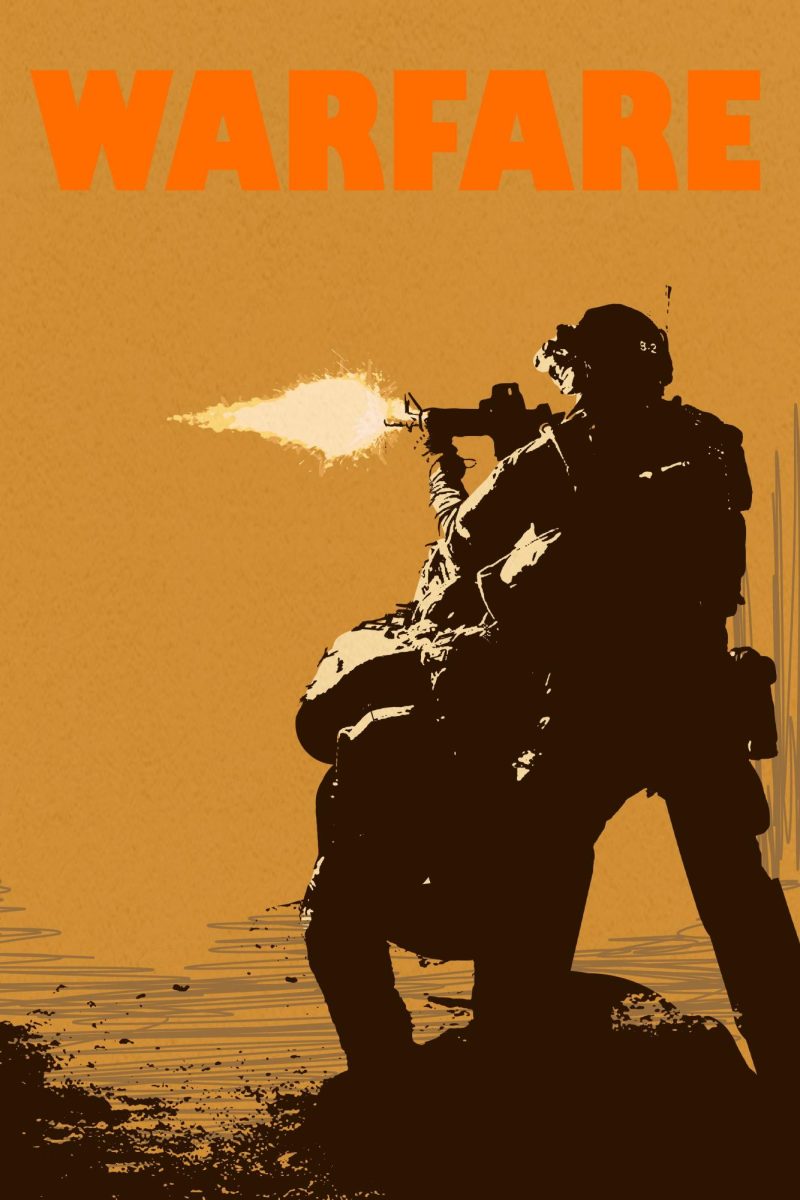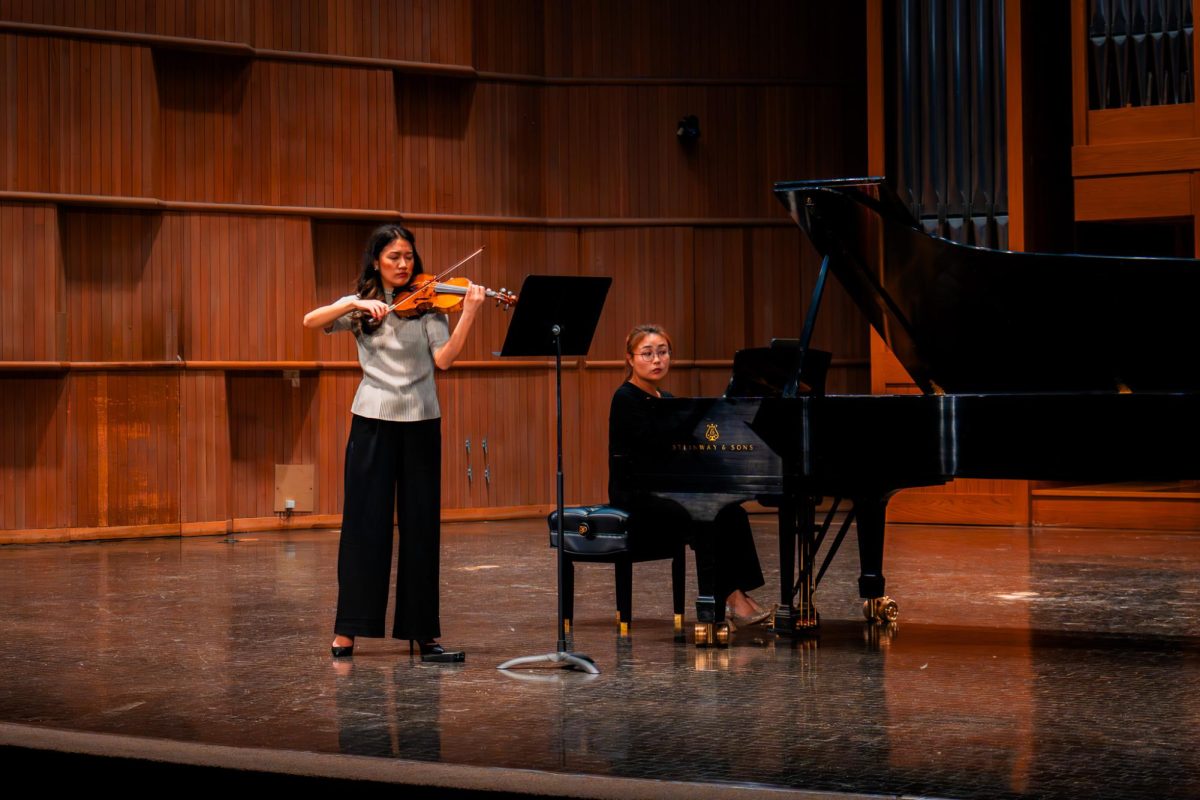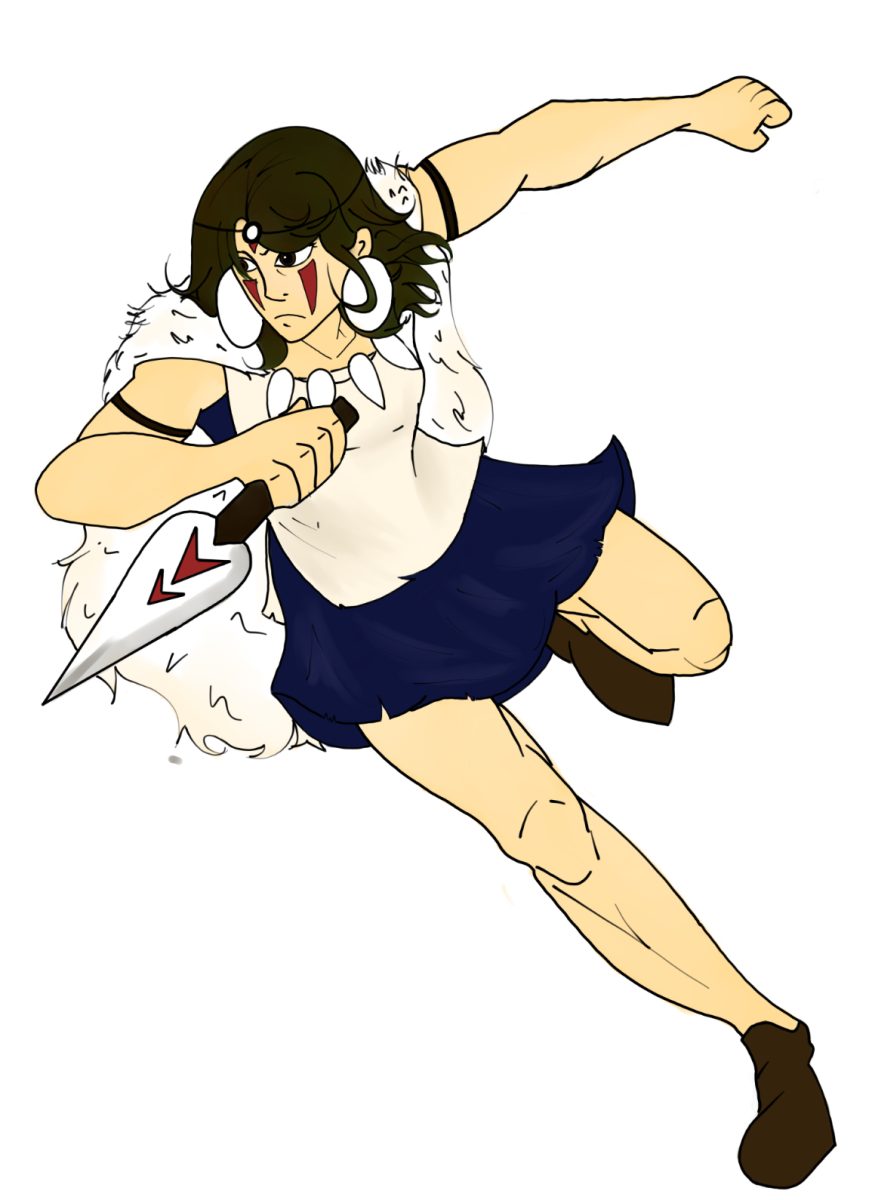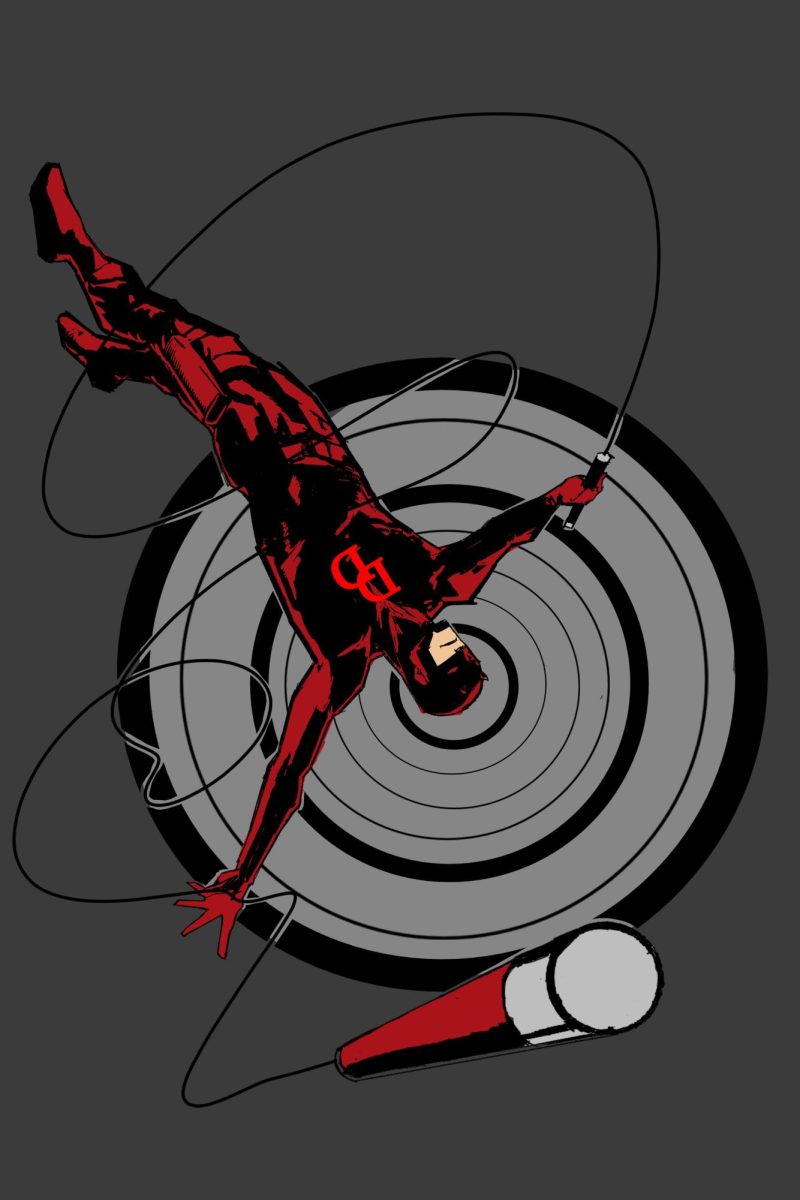Writer and director Alex Garland released “Civil War” last year with the eclectic production studio A24. Following the wartime aesthetic, Garland has created his second work in the genre with his new film, “Warfare,” co-directed by former Navy SEAL Ray Mendoza.
On March 25, “Warfare” had a first-come, first-serve screening at the Santikos Palladium, featuring a Q&A with directors Garland and Mendoza and military consultant Brian Philpot.
“Warfare” follows a platoon of Navy SEALs deployed to Iraq in 2006, based on events from co-director Mendoza’s experience and perspective while deployed in Ramadi, Iraq.
When an attack on the group is coordinated, they attempt to medevac those who were injured, leading to a disastrous situation when their armored transport triggers an improvised explosive device. The explosion that follows suit leaves two members of the group incapacitated, one of whom is Eliott Miller, a U.S. Navy sniper. The film is dedicated in Miller’s honor, with him losing a leg due to his injuries during the events depicted on screen.
The film is fast-paced and ever moving. Throughout its hour-and-35-minute runtime the audience is left little room to take the air in, as each act of the story seamlessly leads into one another. The small gaps that allow the audience to breathe are short-lived, adding to the anxiety and chaos of the group’s predicament.
Because of Mendoza’s true-life experiences, his choreography is on point. Every gunfight and move the SEALs make feels hyper-realistic and calculated. Previously, Mendoza worked with Garland, helping plan the action choreography on “Civil War.” While Garland’s previous film had great action sequences, “Warfare” takes the cake; it is downright phenomenal.
Mendoza first entered the film industry with “Act of Valor,” which provided him an introduction to filmmaking while he was still enlisted.
“[Filmmaking] piqued my interest,” said Mendoza. “I was still active duty, so it wasn’t something I was considering seriously at the time. I met some stunt coordinators, met some directors and I started to kind of do day playing, which means I will kind of come in for a day and do some stuff.”
“The Lone Survivor came around, and Marcus Luttrell, who I was in a platoon with, asked if I would advise on his movie. That’s where I met Peter Berg. They did a lot more behind the camera. I just started to see how it all came together. It was very similar to the military. There are multiple department heads all working in concert to achieve one objective. So in that aspect, it was very easy to transition into. Then it got to the point where it was time for me to go to the military,” continued Mendoza. “I just love the art of telling stories; I love problem-solving, working with people with good work ethics. [There are] some brilliant minds that work in the movie industry.”
Mendoza, Philpot and Garland first worked together on “Civil War,” with Philpot as a performer and Mendoza as the choreographer.
“Brian was one of the performers [on ‘Civil War’], and Ray choreographed some of the combat sequences, really and honestly, both of them, awesome guys. Really, just incredibly impressive all-the-way through in the sequence that Ray choreographed and Brian performed in,” said Garland.
“[We worked together on] several, but the key one was moving down a corridor in the White House towards the Oval Office. And when I was in the edit, I didn’t cut into it at all. There were no time compressions. Just showed it exactly as Ray had choreographed, as Brian and his colleagues had performed it. And there was something really interesting about that because these guys were all in combat. [They are] veterans, and when you just let them do their thing, there was something really interesting about what they were showing you.”
After working together on “Civil War,” Garland was left impressed by the tight-knit choreography they were able to achieve. This impression led to Garland contacting Mendoza, hoping to work on another project together — this is what became “Warfare.”
“I, then, contacted Ray in post-production and said, ‘Is there a story you would like to tell?’” said Garland. “What we would do is look for an hour and a half or something real-time and just attempt to forensically recreate it, so we can make a truly honest, as to the best vulnerability, film about war. And, then I said, ‘I think we should pick it up,’ because there was a story he had always wanted to tell. I really just, in a way, offered that as an opportunity and then got out of their way.”
“Warfare” comes as another success for Garland, showing he has what it takes to not just write but to direct such an intense film as this. With previous works — like his directing and writing on “Ex-Machina” and his writing on “28 Days Later” and the upcoming “28 Years Later,” Garland is cementing himself as one of the strongest and most versatile directors in A24’s back pocket.










